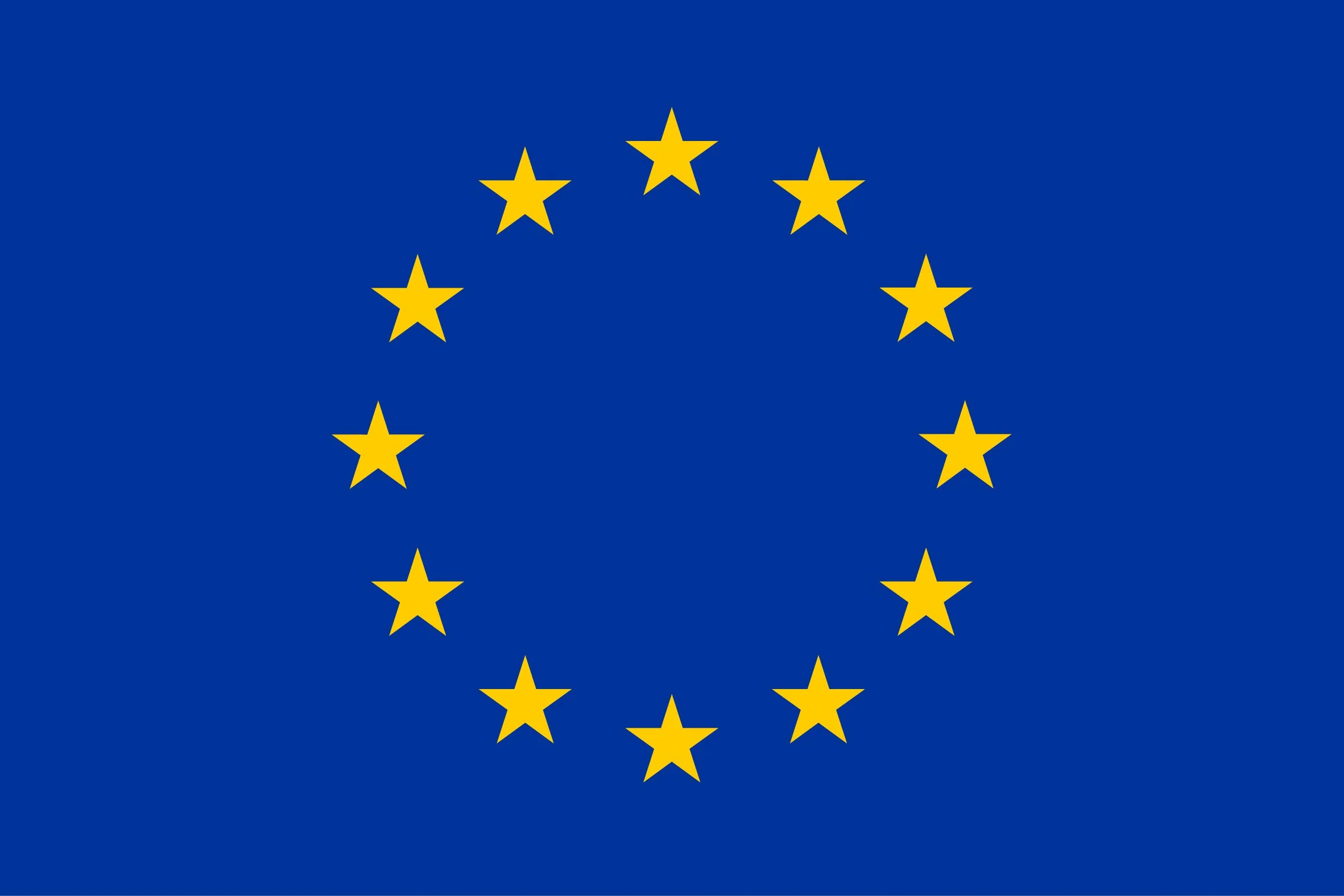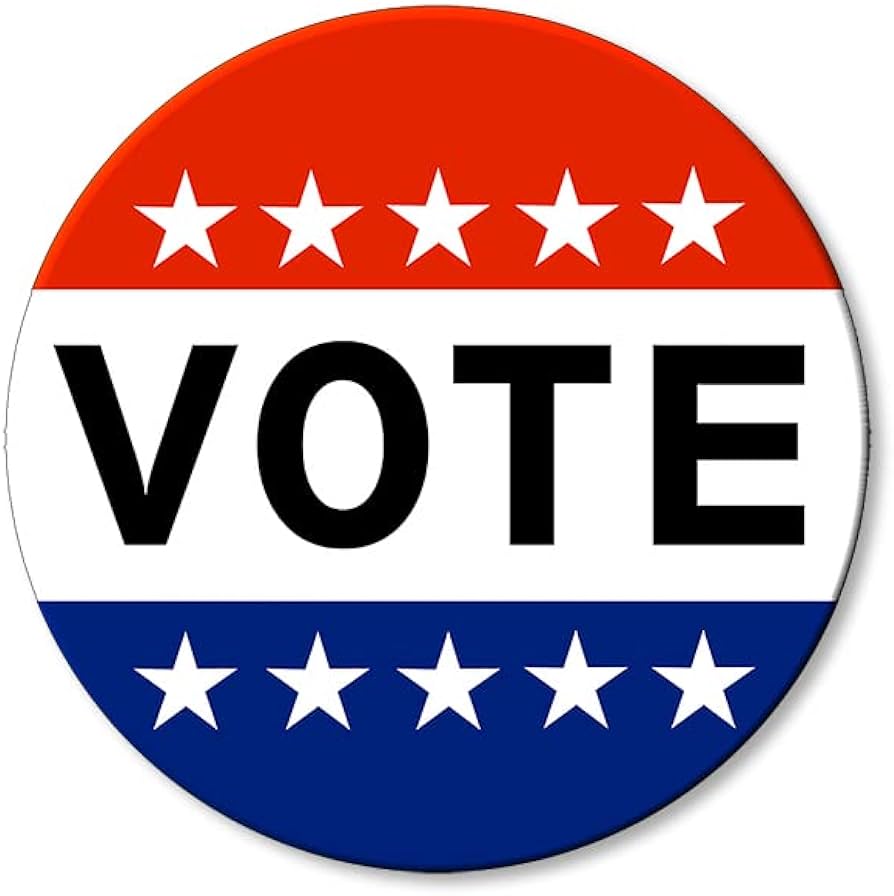

CEO can’t have multiple yachts if workers are being paid enough to survive, silly. 💁♂️


CEO can’t have multiple yachts if workers are being paid enough to survive, silly. 💁♂️


This has happened before, and nothing seems to be done about it. 🤷♂️


One does not torrent porn by accident, so Meta is doing this on purpose and hoping they don’t get caught.
And if they do, so what? Any legal consequences would have very little impact on the benefits they gained.
META wins again.


Nah, but that depends on what you’re planning to do. Most people start with what they have, in whatever dwelling they live in. Then expand from there.
Some initial investment would be needed if you’re stocking something that needs to be sold, or for equipment, but I guarantee it’s less than the cost of their education. LOL
Still, better than being stuck in a low-paying job while overqualified.
For me, the main problem with cycling has never been the physical effort or the discomfort. It’s the damn cars.
For you and a lot of other people. And that’s part of the problem we have.
City planners will often say that “there’s not enough demand to build cycling infrastructure on Death Road A, B, or C”, but fail to realize that demand is low because A, B, and C are Death Roads!
I just did about 30km on a stretch of road with rather too many cars for comfort.
Man, I did a 200km+ ride last weekend. According to my bike radar, I had 547 vehicles pass me, despite the majority of my ride taking place on our “waterfront trail” (which includes a mix of country and high-speed road… sigh).
None of the roads I was on had posted speed limits beyond 80km/h, yet several vehicles were clocked at over 100km/h, while passing me.
And yes, the exhaust smoke over the ride was just too goddamn much. It sucks the joy out of a ride like that, even when motorists aren’t trying to purposely punish-pass you!
But I’ll keep cycling, because it will always put a smile on my face, even after experiences like that. If you can avoid the cars, do it. If not, let your city, regional representatives, and provincial or state reps know you want more separated cycling infrastructure!


take pressure off family doctors
Maybe it’s my observation, but pharmacists are the ones I constantly see running around frantically trying to get things done. My doctors have never had a sense of urgency at all. LOL


The “text messages” between him and his roommate tho…
The language is completely different. Vocab, grammar, punctuation, everything
I just read the “texts” and had the exact same thought. Everything about it seems… off.
And anyone his age would 100% know that you can’t just “delete this exchange” after giving very specific details that didn’t need to be shared at all.
Then he claims “idek if it had a serial number”, referring to the gun used, all while being a highly proficient shooter who has likely used this gun for ages, since it’s supposed to be in his family. Makes no sense.
Assuming he was texting using a modern phone, why are simple autocorrect rules being applied sporadically? You see “I’m” and then “Im”. Autocorrect wouldn’t let that slip.
Nobody should trust the FBI under Trump, anyway. It wouldn’t surprise me if this was faked, just like the fake MS-13 tattoo on Kilmar Abrego Garcia’s knuckles. The one that Trump defended as being totally real, and the one that was brought up by a journalist during an interview, who was later fired for criticizing Trump.
What a screwed up timeline. People in the future won’t believe that any of this happened.


“Canada” isn’t wasting talent, people are wasting their own talent if they’re selling themselves short.
Nothing wrong with becoming an entrepreneur if you’ve got the skills and motivation.


Holy shit was that ever a Freudian slip! Fixed now. LOL


How long before American media becomes like North Korean media? Just propaganda 24/7.
edit: fixed Freudian slip!


Life has been so good with Linux.


killed by a vehicle
Was the driver at home while the vehicle snuck out of the garage to go for a joyride?


… they could face federal anti-racketeering charges that were designed to bust up organized crime.
Not even the Onion could come up with something this bat-shit silly.
It’s now a crime for hurting baby Donnie’s feelings. Oh, poor baby Donnie. Do you need a lollipop baby boy?


Trump always had it in for Kimmel. The fact that the government now decides what comedians can say should worry everyone, left or right.
Also, Trump is a child rapist and this does not distract us from that fact.


“[This] appears to be an action by Jimmy Kimmel to play into the narrative that this was somehow a MAGA or Republican-motivated person,” Carr said.
So what? It sounds like Carr would have been totally fine if Kimmel suggested that the shooter was a far-left Democrat. In that sense, fuck this double-standard.
This kind of fascism needs to end now. Also, Trump fucked raped kids. Release the Epstein files!


An April MIT study found AI Large Language Models (LLM) encourage delusional thinking… … is not a flaw of LLMs, but a deliberate design choice to manipulate users into addictive behaviour that profits tech companies.
Just yesterday, as I was messing around with a local LLM to see how well it does speech-to-text (not to answer any questions), I came across a voice (text to speech) that was basically a woman speaking in ASMR.
I’ll be honest, it was soothing to listen to, and if I were one of those guys who throw money at ASMR talent (onlyfans?), then I can see how this could become quite addictive.
This is 100% by design, and if this LLM voice had an avatar of a woman character you find attractive, you’d be fucked.


It’s using my Nvidia GPU to do the LLM thing, so that may be the difference.
This could be!
Interestingly enough, I was playing around with LLama, as they have speech to text to interact with their chat bot, and it converts in near real-time with very good accuracy. So I do know that things can be fast and accurate, but I wish it was in Speech Note. LOL
For now, I may just to STT through my phone on a shared document with my laptop.


We can take 1/10 of the cost of this goddamn tunnel, and blanket Ontario with a cohesive network for active and public transportation for the betterment of everyone.
But nah, build one more lane, bro. And one more tunnel, bro. That’s all we need, bro.
When should I sell my unused Series X? Because I feel like I’d make a profit if retail prices keep increasing 😂